Teaching Your Son How Ball Funny Video Teaching Your Son How Ball Kennedy
"It's time to do homework."😱
This simple phrase is often dreaded by kidsand parents. And it's understandable.
With so many changes this year, including much more learning from home, parents want to stay involved in their children's education more than ever. But spending too much time on homework only seems to lead to distraction, frustration or exhaustion (or all of the above).
It might feel like a constant battle, and homework stress can lead to burnout and anxiety for kids if you're not careful.
That's whybrainbreaks for kids are so important for reducing stress and keeping kids motivated to learn!
But first, what is a brain break?
What are brain breaks for kids?
Brain breaks are mental breaks kids can take in between learning tasks.
They're often used at school during class time, or at home during homework time. These activities can be active or relaxing, depending what's needed for each child.
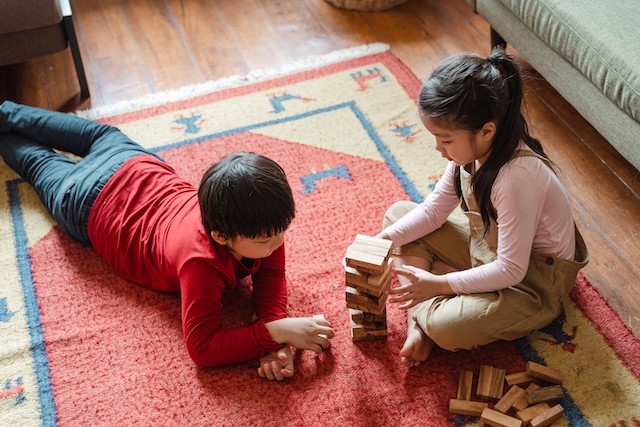
The purpose of brain breaks is to switch neural activity to different networks.
When kids are working, most of their energy goes to specific parts of the brain that are used for attention and critical thinking. Brain breaks reset these areas to reduce stress and improve learning when kids return to task.
Brain breaks often focus on physical movement, mindfulness or sensory activities. These activities stimulate other areas of the brain that are equally important, but aren't used as much when kids are working and learning.
Most importantly, brain breaks are:
- Short — Around 3-5 minutes is optimal.
- Pre-planned — Kids know they're coming and can look forward to them.
Want to help your child learn in a fun and engaging way?
Prodigy — the game-based math platform used by millions of students — can help get your childexcited to practice math.
As your child embarks on their learning journey, use your parent account (which you can create for free) to support their learning progress and promote a growth mindset — all while they enjoy new virtual adventures and explore exciting worlds. They'll have so much fun playing the game, they won't even realize how much they're actually learning.
Plus, you can engage your childeven more with a Premium Membership that unlocks extra features to make the game even more fun (and includes amazing benefits for parents, too).
Start inspiring and motivating your child today!
37 Brain break activities for kids to try
Use these brain break ideas to build up a list of activities you can pull from. Whether your child is in elementary, middle or high school, you can find an activity that works for them to break up the school day or homework sessions.
Physical brain breaks for kids
These brain breaks get kids up and moving. Help your child burn off some energy so they can stay focused when working by taking movement breaks between lessons.
1. Dancing
Encourage your child to get up and groove and do a brain break dance party. Take a quick dance break together, or even have a dance-off (singing along is also highly recommended).
A fun variation on the dance idea is trying out freeze dance, where kids have to freeze when the music stops.
Try these:
- Kid-safe pop songs
- Dance hits from around the world
2. Action songs
Action songs are unique dance breaks that provide exact instructions for what to do. Kids have tons of fun following along with the moves and learning each of the songs.
Try these:
- Printable songs
- Move and Freeze kids song
- GoNoodle action songs
3. Cardio
Do some fun physical activities that get the heart pumping. Try alternating between exercises like jumping jacks, skipping and jogging in place.
Or throw on a kid-friendly video and learn a new workout together!
4. Balloon volleyball
All you need for this brain break is a balloon! Choose one in your child's favorite color, then take turns passing it back and forth without letting it touch the ground.
For a challenge, add an extra balloon and see if you can pass them both at the same time.
5. Exercise ball
If you have an exercise ball handy, give your child a few minutes to sit and bounce. This is a super easy and fun way to quickly get some excess energy out.
6. Brain tricks
Try some action-based brain tricks with your child. For example, have them try to pat their head while rubbing their stomach, blink one eye while snapping with the opposite hand, or anything else you can think of!
This brain break is a fun way to challenge your child and help them develop important coordination skills.
7. Act like...
A fun way to engage kids is to give them different scenarios to act out. See how many they can do in 3 minutes. Then get them to give you scenarios so you can show off your acting skills, too!
Try asking them to act like:
- They're driving a car
- They're blowing bubbles
- A bee is flying around them
- They just met their favorite singer
8. Simon says
This classic action game is a fun brain break that also requires good listening skills. Create your own game or play a video version for your child.
9. Animal actions
Use dice or a spinner to choose random animals, then ask your child to act like that animal. You can also take turns being a different animal, then vote on your favorite at the end!
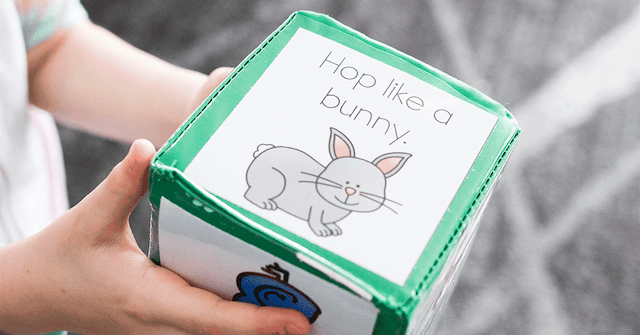
Relaxing brain breaks for kids
These brain breaks help kids calm down and reset their energy. They're especially helpful if your child is starting to feel stressed about what they're working on.
1. Yoga poses
Get the body moving, while also helping kids relax and practice mindfulness. Yoga can be a huge stress reliever for all ages, so join in when you can!
2. Calming music
Listen to a relaxing song to help your child unwind. Have them sit somewhere comfortable, relax and enjoy the music in between learning tasks.
Try these:
- Sleep music for kids
- Relaxation songs for kids
3. Calming videos
Find short clips on YouTube Kids to play for your child. Choose a few new ones based on their interests, or find videos you already know they enjoy watching.
4. Coloring
Let your child color a picture (or a piece of a picture). This is a relaxing way to get creative juices flowing. Plus, they can display the final product when they're done!
Use a coloring page or give your child a blank piece of paper to draw their own picture.
5. Deep breathing
Help your child decompress with some deep breathing exercises. This will instantly help them relax and relieve stress so they can feel ready to take on their next task.
Encourage your child to try this: breathe in through the nose while placing your hand on your stomach to feel it expand. Hold it here, then slowly breathe out through the mouth while feeling your stomach contract. Repeat.
Or, try a technique like 4-7-8 breathing or five finger breathing.
Sensory brain breaks for kids
Fresh air is always encouraged! Stepping outside for a few minutes can make a bigger difference than you'd think.
It gives kids a change of scenery and helps revitalize the senses, providing a welcome break from their homework.
2. Scavenger hunt
Give your child different things to find and explore throughout the house. During each brain break, they can try to find one new item on their list.
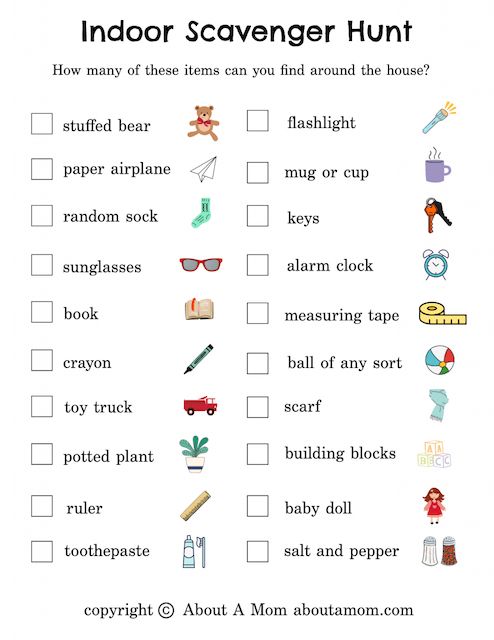
3. Playdough
You can do tons of different things with playdough. That's why it's always a favorite among kids!
Let your child build something new or just squish some playdough around — whatever they prefer.
Try this recipe for homemade playdough.
4. Sensory bin
Sensory bins are a popular option, especially for kids with sensory needs. You can change the items in the bin as often as you'd like to keep your child from getting bored or understimulated.
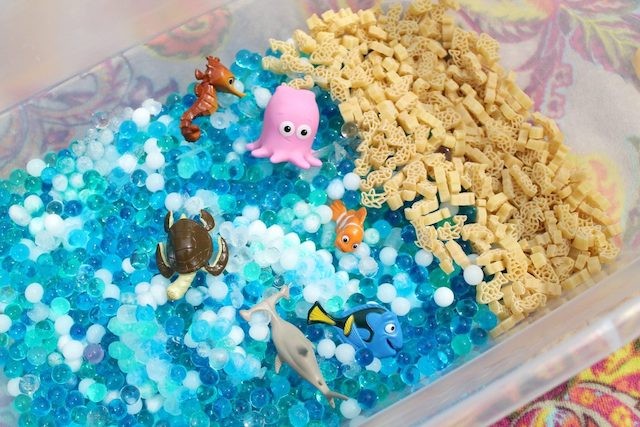
Skill-building brain breaks for kids
With these brain breaks, kids can still learn and develop new skills. Their brains still get a break when you switch the focus to a new activity.
Tip: Try to go back and forth between different subjects. For instance, if your child is working on math homework, choose a language brain break.
1. Puzzles
Get out a jigsaw puzzle and have your child work on a little bit each break, or challenge them to try different math puzzles to flex their mathematical minds.
2. Secret handshake
This brain break definitely requires your participation! Create a secret handshake with your child, then try to remember it (and maybe even add onto it) next time.
3. Segment sounds
This is an easyand fun way to build language skills.
Give your child a word or phrase, and have them segment it into sounds or syllables. They can do whatever action they want to while they segment, like clapping or stomping.
For example, the sounds in "cat" would be k-a-t. The syllables in dinosaur would be di-no-saur.
4. Story starters
Make a quick story during each brain break with story starters. Your child can either write their stories down or just say them out loud.
5. Write a book
Instead of individual stories, create a longer story together and keep building upon it as you go.
Each break, come up with a different page of the story. Once it's written, you can go back and illustrate each page!
6. Activity pages
Give your child a fun activity sheet to work on during their brain breaks. This will keep kids on a roll with worksheets, while still switching up tasks and reducing overload.
Get fun printable activities here!
7. Brain teasers
Brain teasers give kids a bit of a challenge, but are also tons of fun to solve! Choose a brain teaser for whatever subject you want them to focus on during their brain break.
Try these 45 fun brain teasers for kids (with answers).
8. Riddles
Kidslovea good riddle. Give them easy ones to see how many they can solve in one brain break, or try to stump them with a tougher riddle.
Try these 43 awesome riddles for kids (with answers).
9. Learn a language
Why not learn a useful skill? Language learning is great for kids' development, and they might even find a new language they love!
Try one of these 10 best language learning apps for kids.
10. Learn to juggle
Try another interesting skill that your child can show off to their friends later! Juggling can also boost coordination and concentration abilities.
11. Talent show
Each brain break, have your child perform a different skill, like singing, dancing or even juggling (once they learn how). You can also take turns and have your whole family take part!
12. Icebreakers
Ask your child a different question every brain break. You can make the questions up, or choose them from a list of icebreakers. Your child will have fun thinking of their answers, and you'll learn more about their interests!
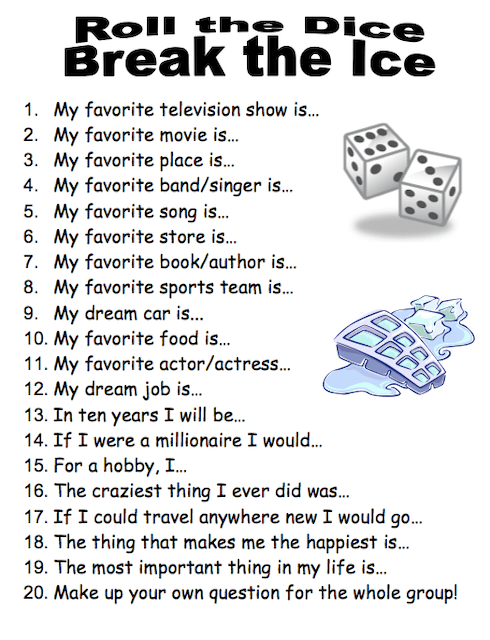
13. Alphabet game
Choose a category (ex. movies, food, jobs etc.), then take turns naming something from that category while going down the alphabet.
For example, if your category is food, one person might say "apples," the next person "bananas" and so on. Categorization is an important skill to practice, but the alphabet game is entertaining, too!
14. Math dice
Take two dice (the bigger the better) and have your child roll them to solve math problems, with whatever operation you choose.
For example, if your child rolls a 4 and a 6, they have to add them together to get the correct answer of 10.
Brain break games for kids
A quick game gives kids a bit of fun in between work tasks, allowing their minds to reset. And you can have fun playing games with them too!
1. Board games
In between homework tasks, give your child a turn or two at a board game. Once the work is done, you can finish the game together!
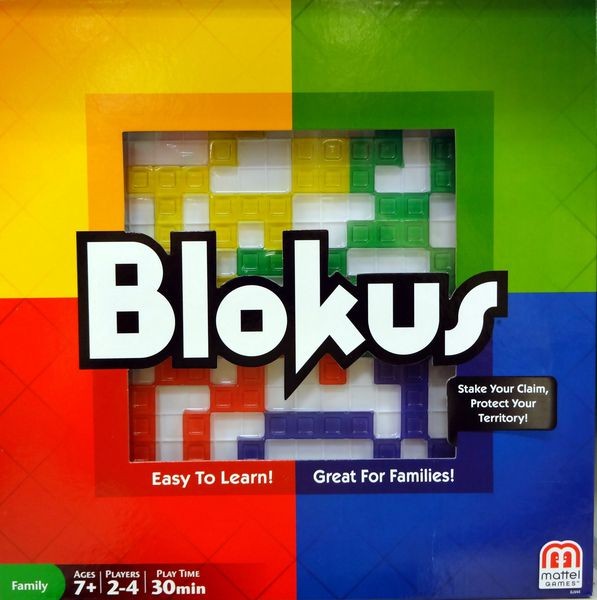
Try Blokus: a fun board game that's just like Tetris.
Or try more board games for kids.
2. Heads Up!
This game involves guessing what image or word is on your forehead from the other player giving you clues.
It's also conveniently timed for you, so after a round, your child will be ready to begin the next homework task.
Try the Heads Up! Kids app.
3. Indoor bowling
Find a level space in your home to set up a makeshift bowling lane. Then collect items to use as "pins" (try empty water bottles or toys) and use a small ball to knock them down!
4. Charades
Another classic game that everyone can enjoy! Write a few objects or phrases down, then take turns choosing one from a hat to act out. See how many each of you can guess. You can use a specific category or just make it completely random!
5. Minute to Win It
You might be familiar with the popular game show, but did you know you can play it at home?
Each minute to win it challenge is just that — a minute. That means it's perfect for brain breaks. Each break, you can give your child a different challenge to complete using any household items you have lying around.
Try these Minute to Win It games for kids and family.
Benefits of brain breaks for kids
Ever been stuck for ages on a work task, only to complete it with ease after taking a quick break?
The same is true for your child. Without breaks, children's minds can become too focused on the task at hand, which can actually prevent them from processing what they're learning.
But regular brain breaks help your child's mind reset, so they have more mental energy to learn!
Brain breaks can also:
- Increase time on task
- Help with self-regulation
- Sharpen short-term memory
- Reduce anxiety and burnout
- Improve academic achievement
- Benefit overall health and wellness
- Boost attention and motivation to learn
- Build new skills like creative thinking, kinesthetic learning and socioemotional awareness
Brain breaks are especially important for children with behavioral or sensory needs, but all children can benefit from taking some time to unwind.
5 Tips to use brain breaks effectively
1. Find the timing that works best for your child
Build a brain break schedule to help you remember to use them! This will also help your child stay motivated during work time, knowing they have a break coming up.
What should your schedule look like?
Research shows that after 10 to 30 minutes, time on task starts to decline. This means scheduling a 3-5 minute brain break every 20 minutes or so will be best for most kids. But depending on your child's age and specific needs, this timing may need to be adjusted.
You can also plan breaks around tasks instead of timing. For example, you might decide to give your child a brain break once they answer 5 math questions.
Figure out what your child responds best to, and create a brain break schedule that works for both of you.
Butbe flexible when the time comes. If your child's attention seems to be fading, start a brain break early. If they're on a roll, hold off on taking a break.
2. Find the right brain break for your child
Think about what your child responds best to, then use this to figure out what kind of brain break they need.
Are breaks more effective when they relax or when they get up and move? Is it best to keep them learning or give their minds a rest? This could vary from day-to-day, so try to gauge energy levels to determine what will work best.
Make sure you have options from each category so you can use the most effective brain break each day!
3. Make a list of activities
Create a list to ensure you always have options. This way, you'll have no problem thinking of a fun brain break to give your child when the time comes.
Write or print them on a piece of paper, or use a more creative option:
- Put them on large dice or beach balls
- Write them on paper or popsicle sticks to pull from a box or jar
- Print a brain breaks bingo card to complete (you can use an existing one or make your own)
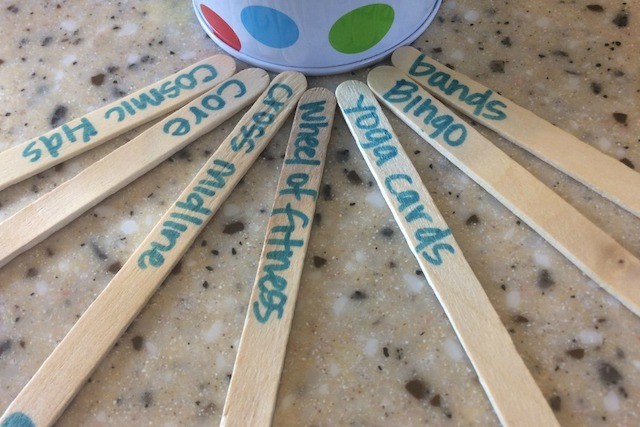
Once you have your list, you can choose the brain breaks yourself, let your child choose or make it a surprise!
4. Use a timer
Keep time with a stopwatch or phone timer to ensure your break lasts the right amount of time.
Too short, and kids might not get enough of a break. Too long, and they might become distracted and reluctant to return to the task at hand.
Make sure the timer is somewhere your child can see, so they can be fully prepared to get back to work when it's time.
5. Talk about it afterward
When work is finished, talk to kids about their experiences.
This gives them a chance to provide feedback that will help you understand how you can optimize your brain breaks.
Ask your child the following questions:
- What was your favorite brain break?
- How did you find today's work/homework?
- How do you think the brain break helped you?
Brain breaks work for younger and older kids
At first glance, brain breaks might just seem like a fun distraction for kids to have a quick indoor recess. And while that's true, there are so many more benefits for kids and educators.
Brain breaks provide relief from constant hands-on learning. They can relieve stress, alleviate pressure and even help boost self-esteem if done right.
Next time your child or students are working, watch how much they get energized from these short breaks. You might even start adding them to your day.
We hope you found a new favorite in this list of brain break ideas and activities.
👉 Want to help your child have fun whilethey learn? Give Prodigy's game-based learning platform a try by creating free child and parent accounts. It's an engaging game used by millions of students, teachers and parents around the world.
And with aPremium Membership, you can engage kidseven more! While they enjoy all their extra in-game benefits and rewards, you'll get parent features and benefits that will help you help them love learning.
Source: https://www.prodigygame.com/main-en/blog/brain-breaks-for-kids/
0 Response to "Teaching Your Son How Ball Funny Video Teaching Your Son How Ball Kennedy"
Post a Comment